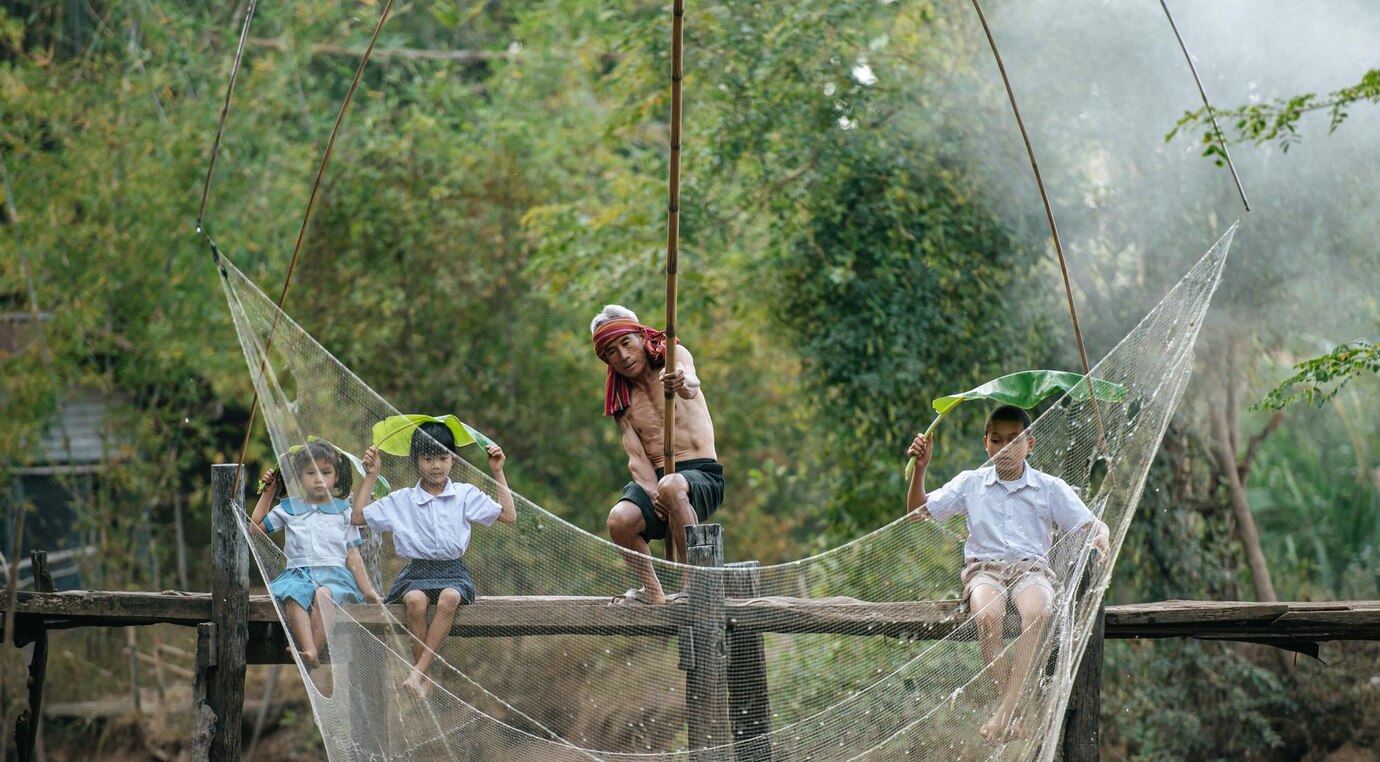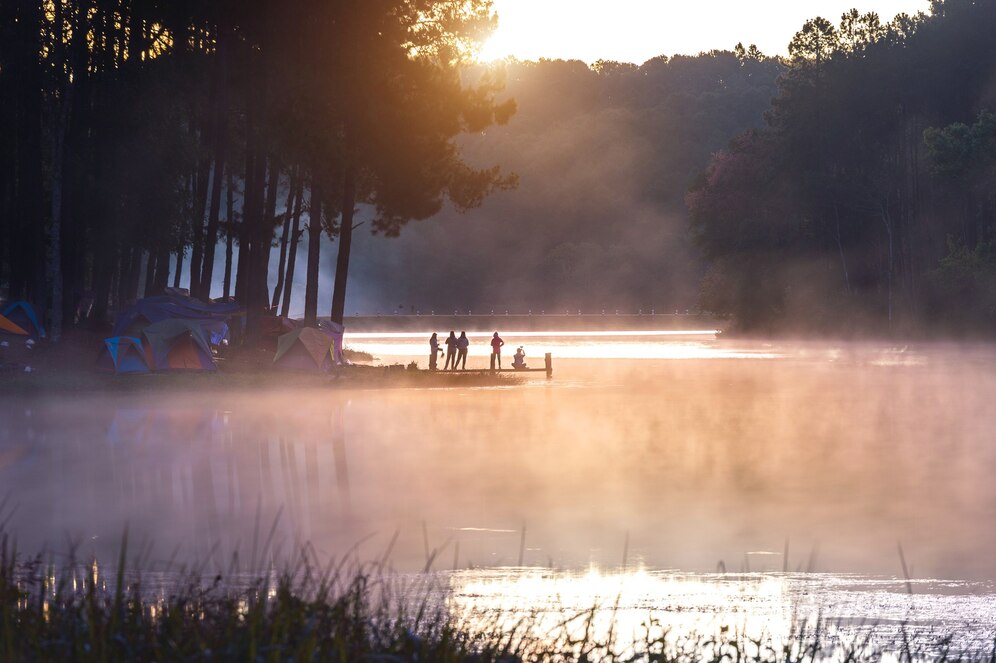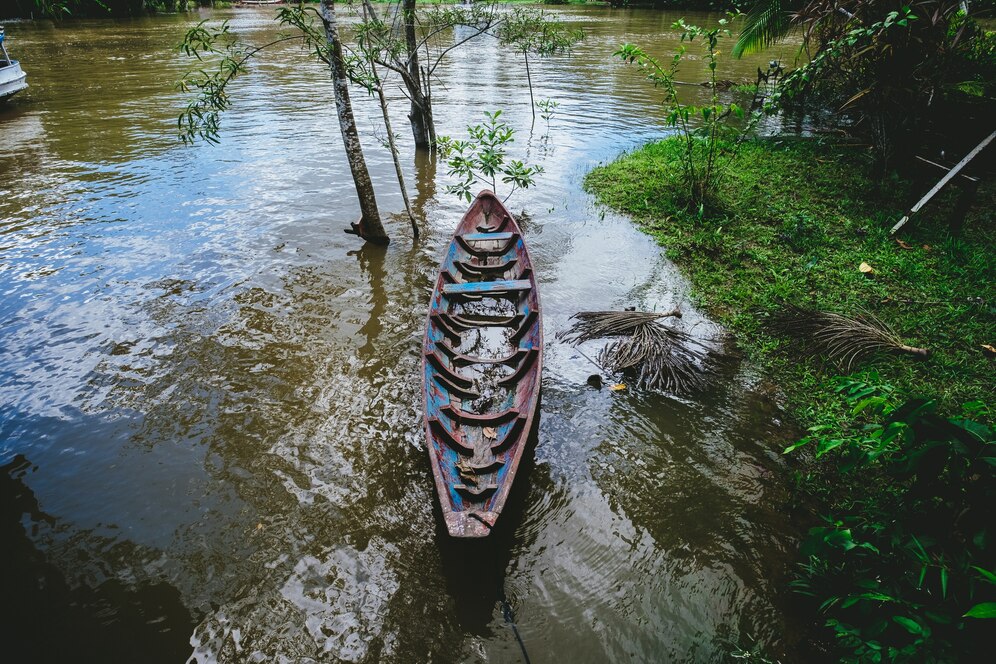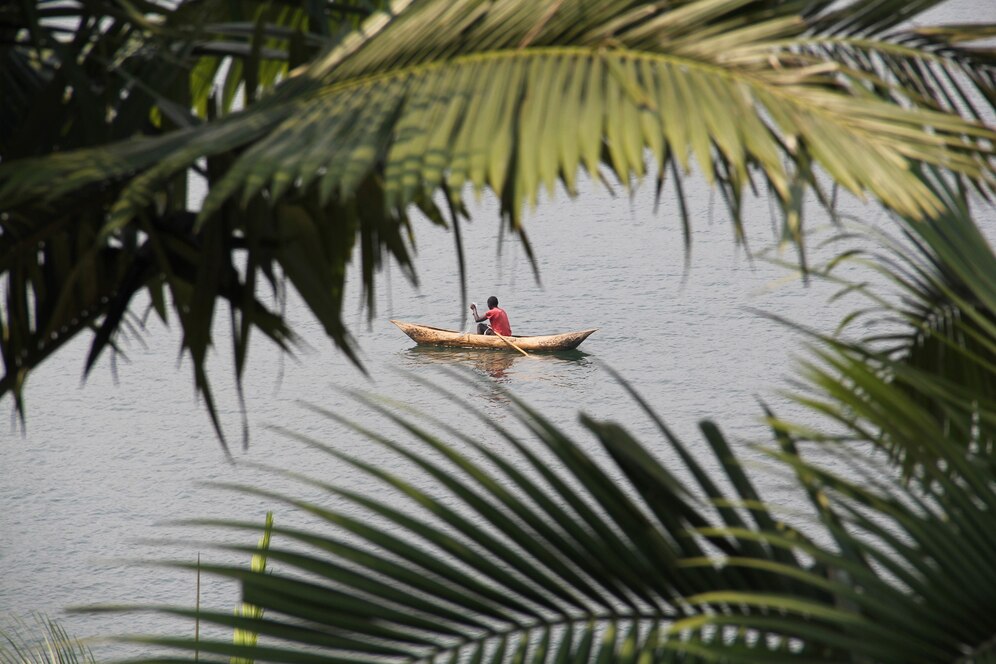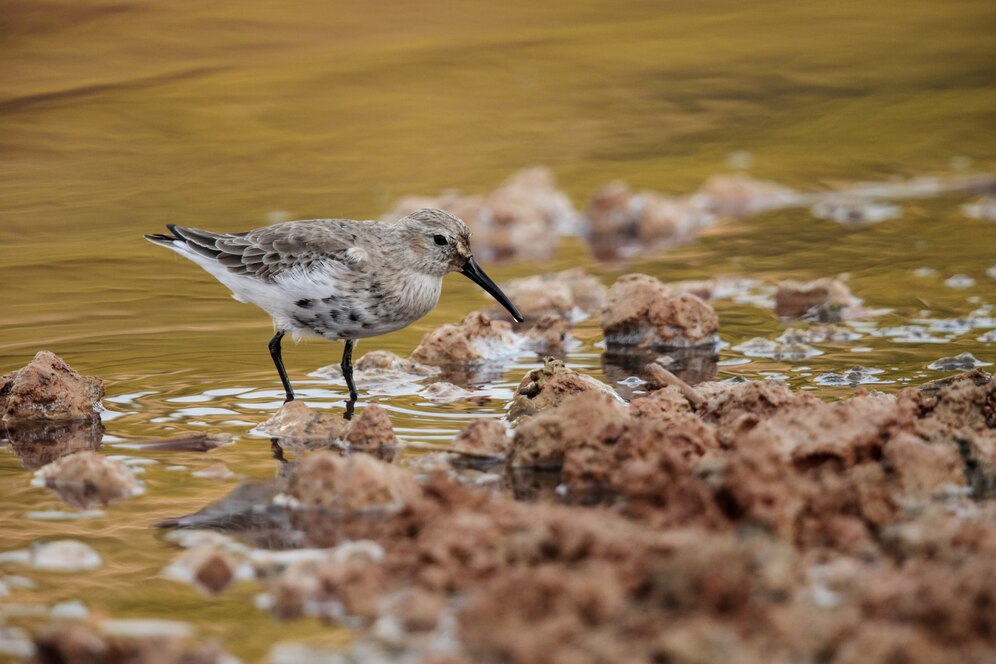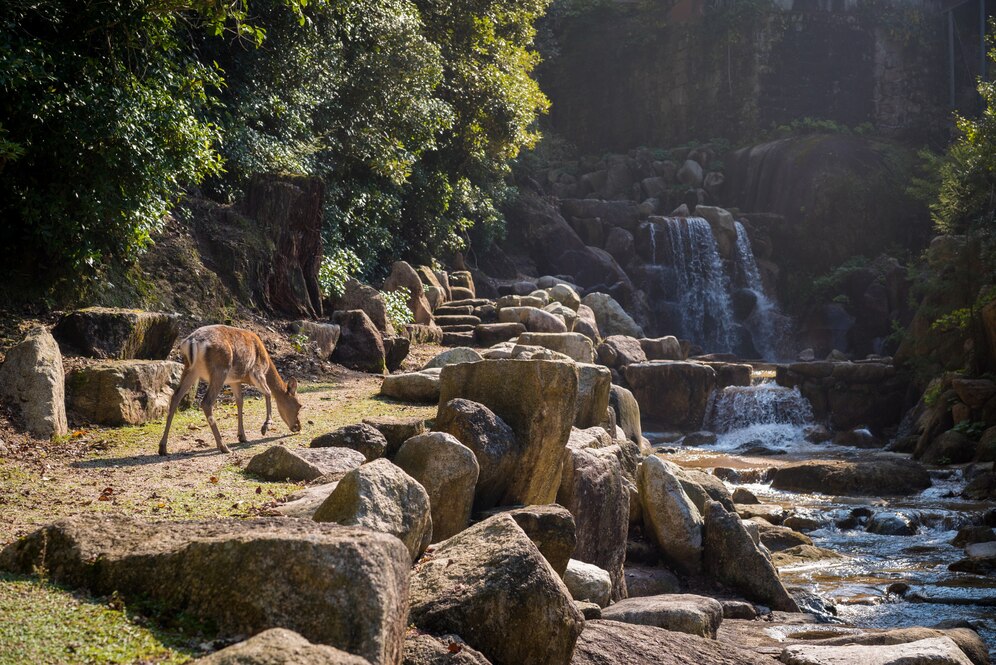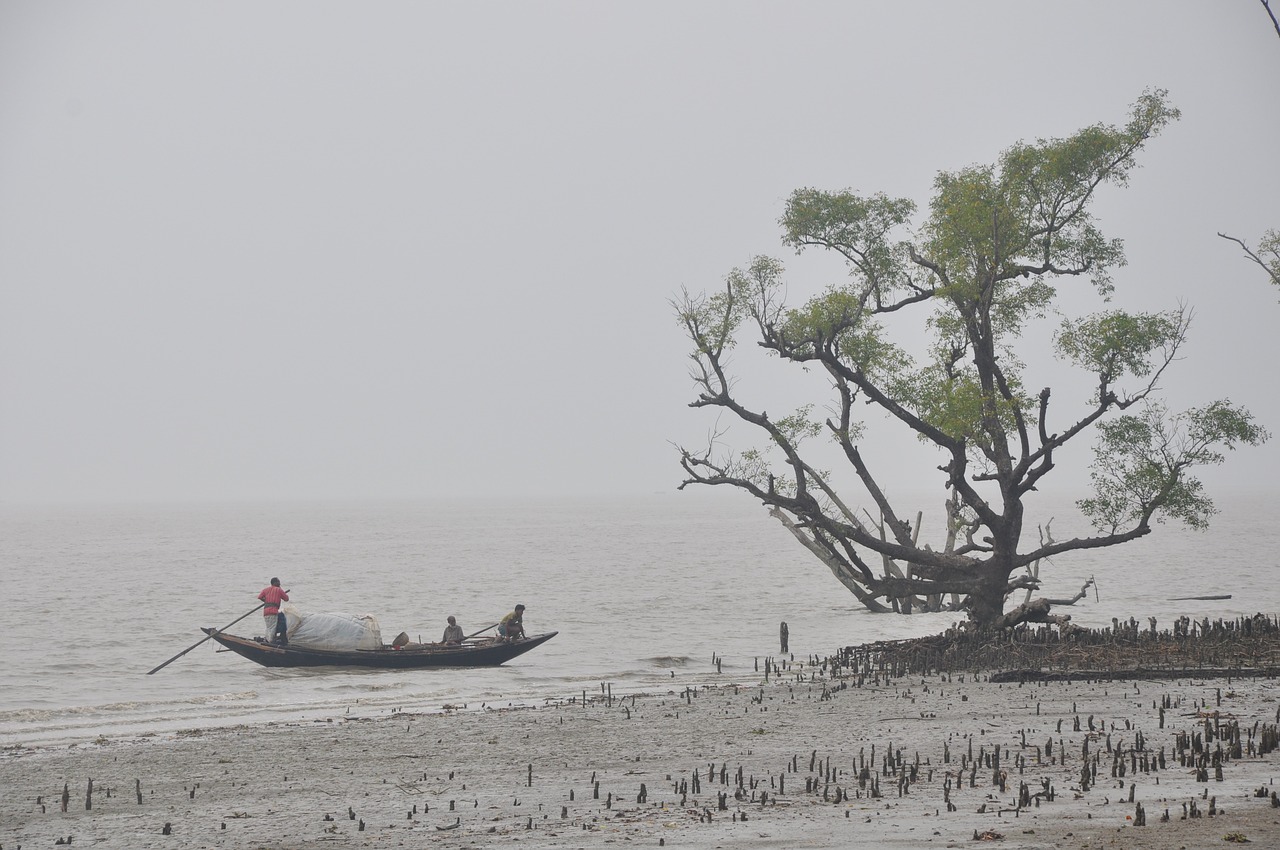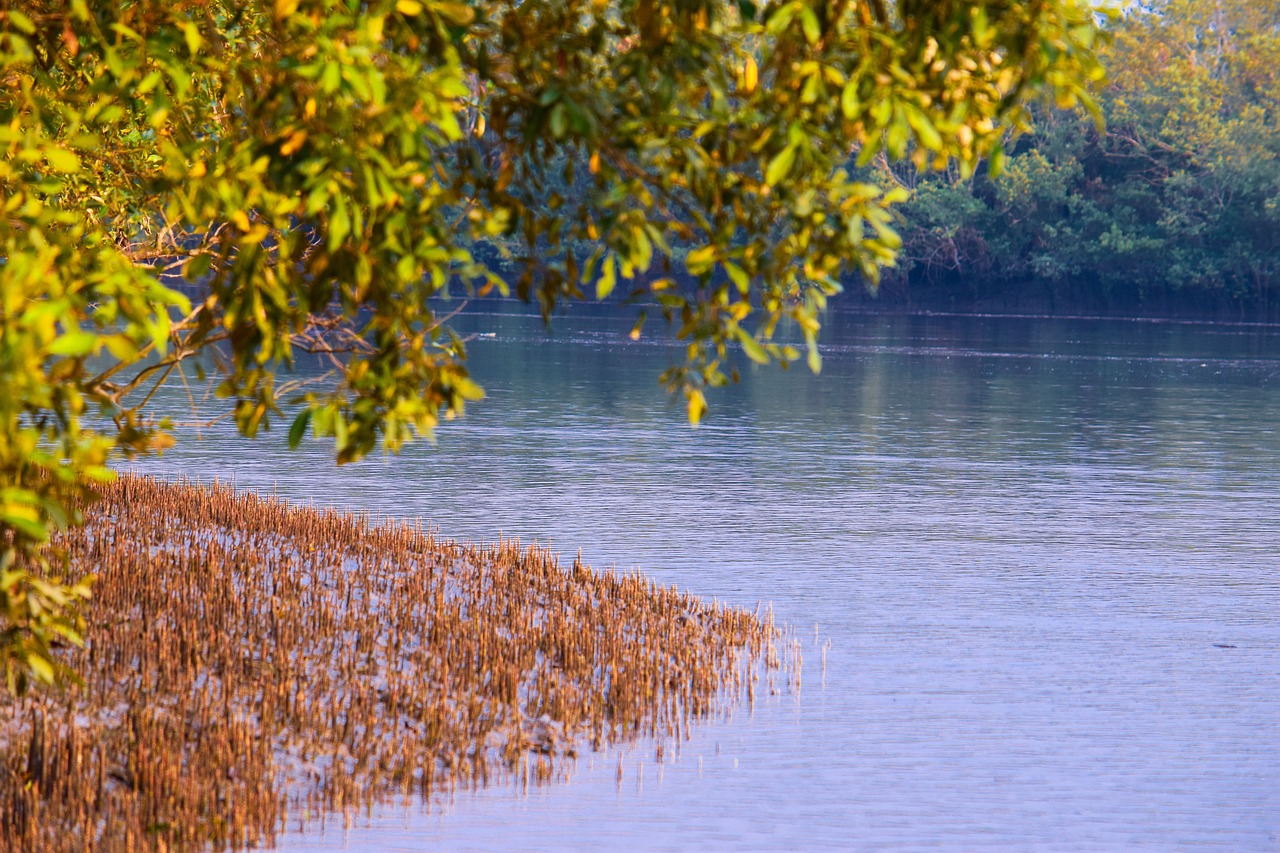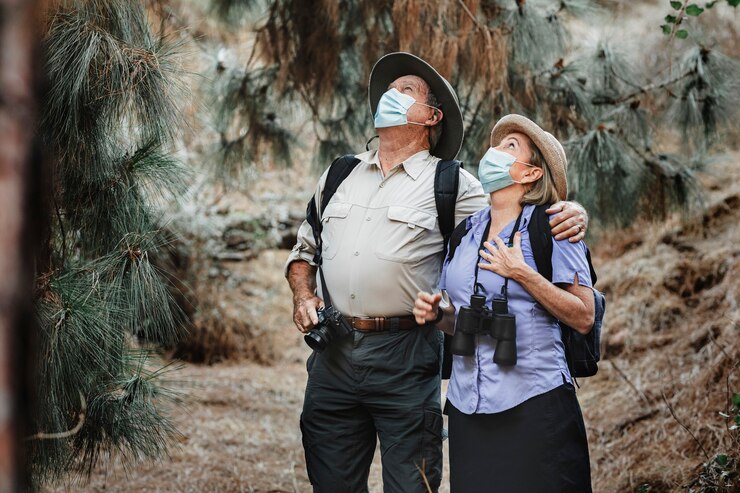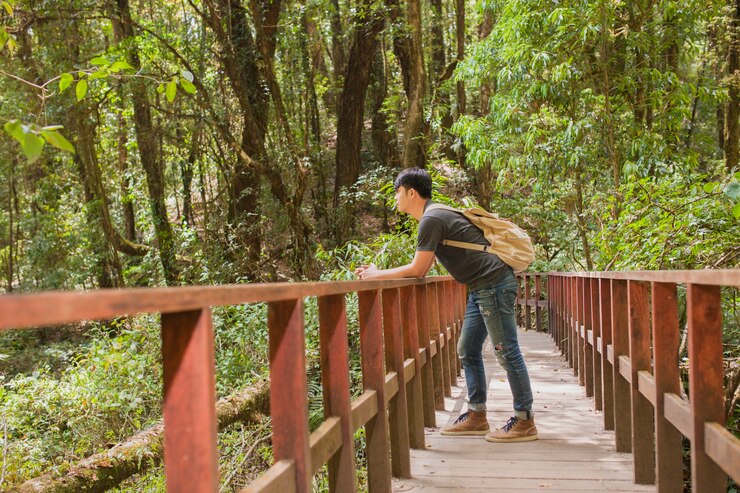The Sundarbans — the largest mangrove forest in the world — is an inspiring place for nature lovers, wildlife enthusiasts and adventurers. Home to one of the most majestic Royal Bengal Tiger and a plethora of flora and fauna folded in picturesque vistas, this UNESCO World Heritage Site reaches India and Bangladesh. The Sundarbans have a lot in store, from searching for wildlife via an adventurous safari, relaxing on peaceful boat rides, or learning the local culture.
Why Visit the Sundarbans?
The beautiful Sundarbans are an untainted place that offers an amazing mix of adventure and calmness. Ideal for nature and wildlife enthusiasts, the dense mangrove forests are stunning, and watching a tiger in the wild is obviously exhilarating. The villagers you pass by add a rustic charm to it all. Therefore, feel this beautiful place easily with a perfect Sundarban tour booking.

Top Attractions to See in the Sundarbans
Sajnekhali Wildlife Sanctuary
This is one of the best places to explore the rich biodiversity of Sundarbans. The famous Mangrove Interpretation Centre resides here, complete with perspective tours of the region’s flora and fauna. Also visible here are crocodiles, deer and different birds.
Sudhanyakhali Watch Tower
These watchtowers are one of the finest places to catch sight of the elusive Royal Bengal Tiger. They provide a 360-degree view of the thick Forest and nearby rivers, making them worth visiting.
Dobanki Canopy Walk
The Dobanki Canopy Walk is the only such walk in the Forest. People can walk above the Forest and see the wild animals. Nets surround the path, so it’s very safe, but you still get a fantastic view of the Forest below.
Netidhopani Temple
The temple is a historical and mythological one located deep inside the Sundarbans. Many think it is related to the legend of Behula and Lakhindar. A visit to the site is an experience of spirituality and history.
Bonnie Camp
Bonnie Camp is the place for tourists seeking an overnight trip to the Sundarbans. It has a tall watchtower overlooking the vista. Tourists prefer Sundarban tour packages of staying at Bonnie Camp.
Wildlife in the Sundarbans
The wilderness of the Sundarbans is one of the most amazing places for wildlife lovers, as it is home to various types of wildlife.
Royal Bengal Tiger
The major attraction of visiting Sundarbans is the Royal Bengal Tiger viewing. These magnificent animals are free-roaming in the dense mangrove forests. Even though a tiger sighting is rare, you still experience the thrill of the chase.
Saltwater Crocodiles
Some of the world’s largest saltwater crocodiles are in the Sundarbans. They are a common sight on the banks of rivers and often lie in the sun.
Gangetic Dolphins
The rare Gangetic dolphins are also one of the few attractions of the Sundarbans. One of the most incredible sights is the dolphins in fresh waters, at times jumping up out of the rivers.
Spotted Deer
The Sundarbans are home to animals like spotted deer and chimies. These creatures are generally visible in mobs, munching in the forest clearings.
Exotic Birds
Bird enthusiasts will have a field day in the Sundarbans: More than 250 species can be found, including kingfishers, herons, eagles and the rare masked photoshoot.

Things to Do in the Sundarbans
Boat Safari
The Sundarbans are best explored via a boat safari. Their dense mangrove forests, meandering rivers, and unique wildlife sightings are a one-of-a-kind experience. Tour packages for the Sundarbans always include a boat safari along with guidance to keep you safe and sound.
Village Walks
Connecting with the local communities of Sundarbans is one of the most heartwarming experiences. You can discover everything from their traditional methods of fishing and collecting honey to folklore.
Bird Watching
The Sundarbans are a dream destination for bird lovers. Boat rides early in the morning are the best way to observe many species of birds in their natural environment.
Forest Night StayForest
Several Sundarban tourism packages include night stays in forest lodges, which offer tourists a glimpse at the man in the wild from its most raw and thrilling angle.
Fishing and crab-catching
Live with the locals — fishing and crabbing. This fun activity also provides insight into the livelihood of people from the Sundarbans.
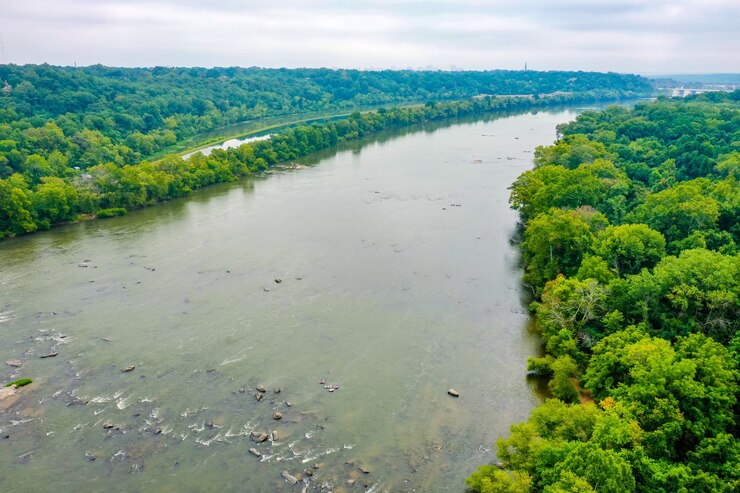
When is the best time to visit Sundarbans?
The ideal time to explore the Sundarbans is from October to March. The weather is nice, and animals are much more commonly spotted. Winter is also an excellent time for birdwatching, as migrating birds are present in the region.
How to Reach the Sundarbans
- Nearest Airport: Netaji Subhas Chandra Bose International Airport, Kolkata By Air You can hire a taxi or be transported by bus to transfer your Sundarban tour booking departure point.
- By Train: Canning Railway Station is the nearest rail hub well connected to Kolkata.
- By Road: From Kolkata, private and government buses are available to visit the Sundarbans.
- By Water: Boat travel from Canning or Gosaba offers access to much of the region’s scenic beauty.
4 Important Tips for Sundarbans Visitors in 2025
- Book a Sundarban tour package: The Sundarbans region is not among the run-of-the-mill travel locales, therefore, it is always better to plan your trip during the busy season and request Sundarban tour packages ahead of time, whether it be for transport or accommodation, to avoid the last-minute stress.
- Take with You: Sunscreen: Yes, it is hot and humid — do not be a lobster.Tubigrip: If you’ve overlooked the sunscreen, or still got sunburn, this bandage may helpProtective gearWear a baseball hat and long sleeves to keep mosquitoes away always for the best experience. Bring binoculars to make good use of your wildlife viewing. Lightweight wear is also excellent for better mobility with your adventures in the humid weather.
- Get a Guide: The best knowledge of the region comes with a local, and make your trip worthwhile.
Conclusion
An expedition to the Sundarbans is a once-in-a-lifetime experience that balances wildlife, nature, and cultural immersion. From their unique mangrove forests to their exotic wildlife- Sunbdarban is beautiful in every aspect, be it a boat ride navigating the local rivers or hikes through the biggest mangrove forest in the world! Book your Sundarbans tour now and step into a paradise that I can assure you you will never forget.
Don’t wait any longer—book your Sundarbans tour today and embark on a journey you will never forget in the enchanting world of Sundarbans.


